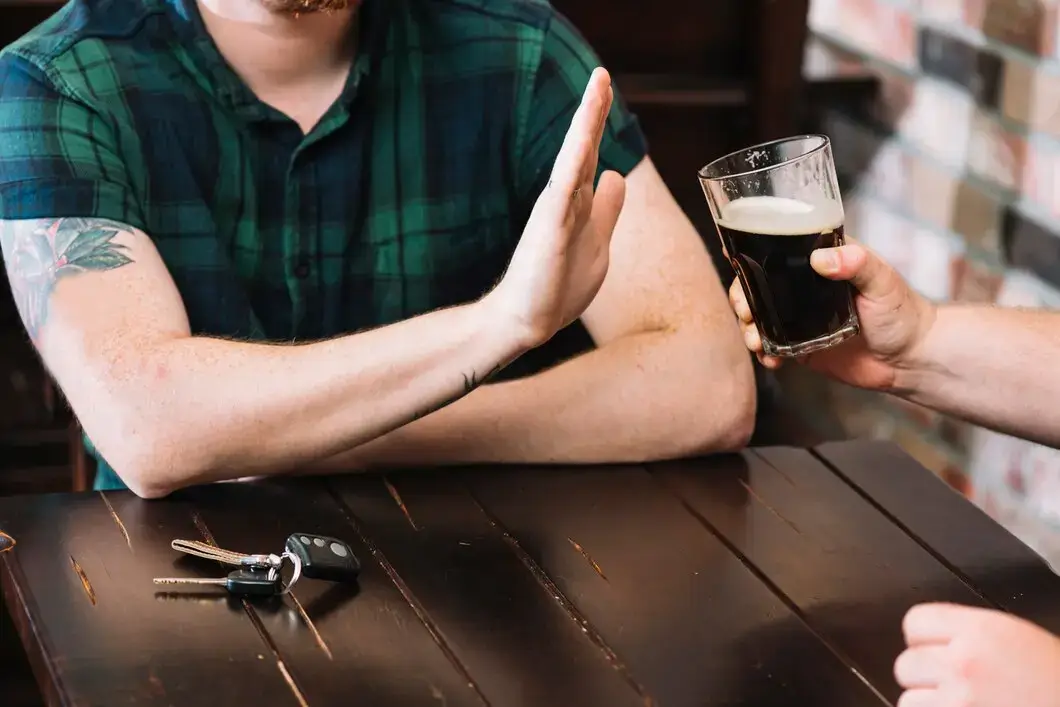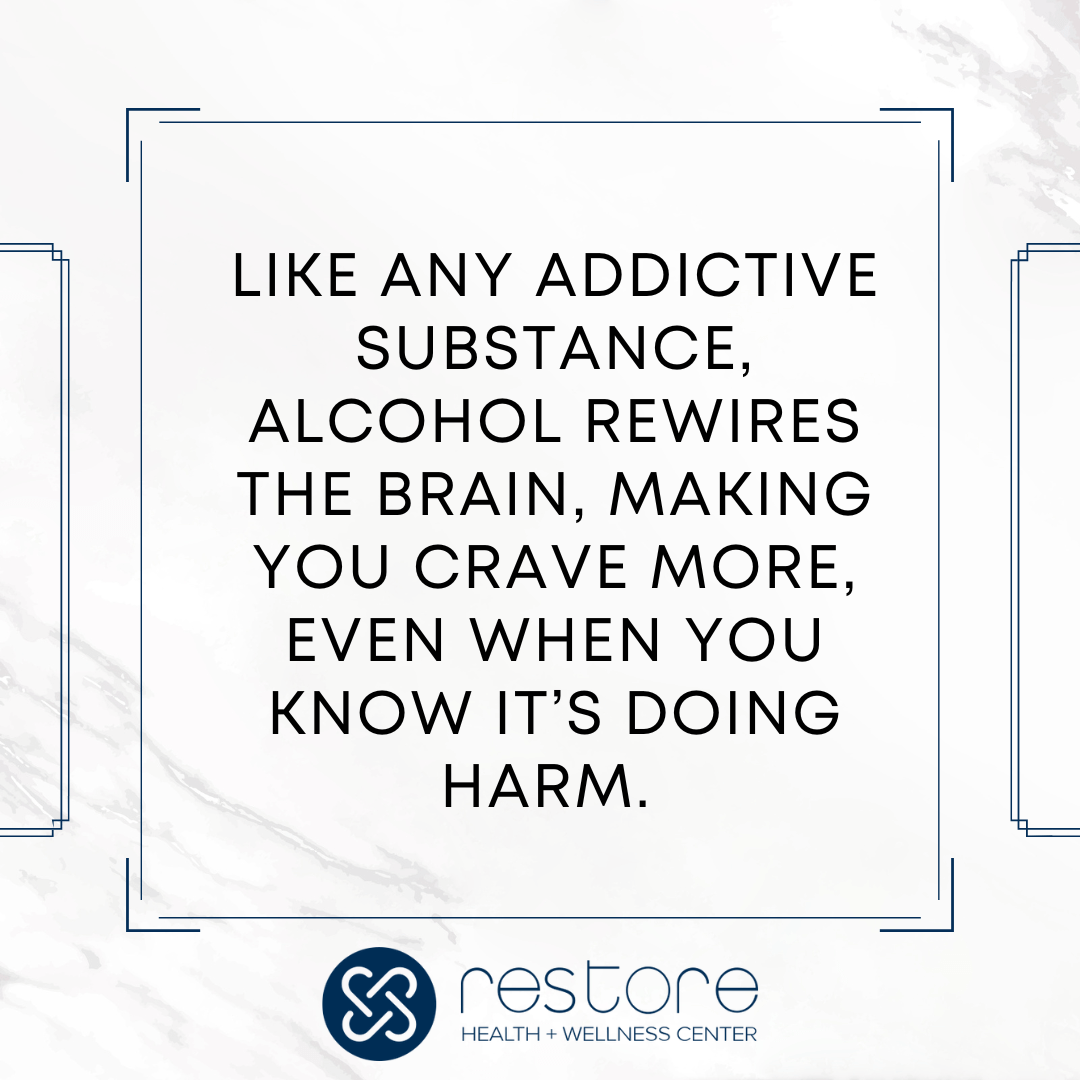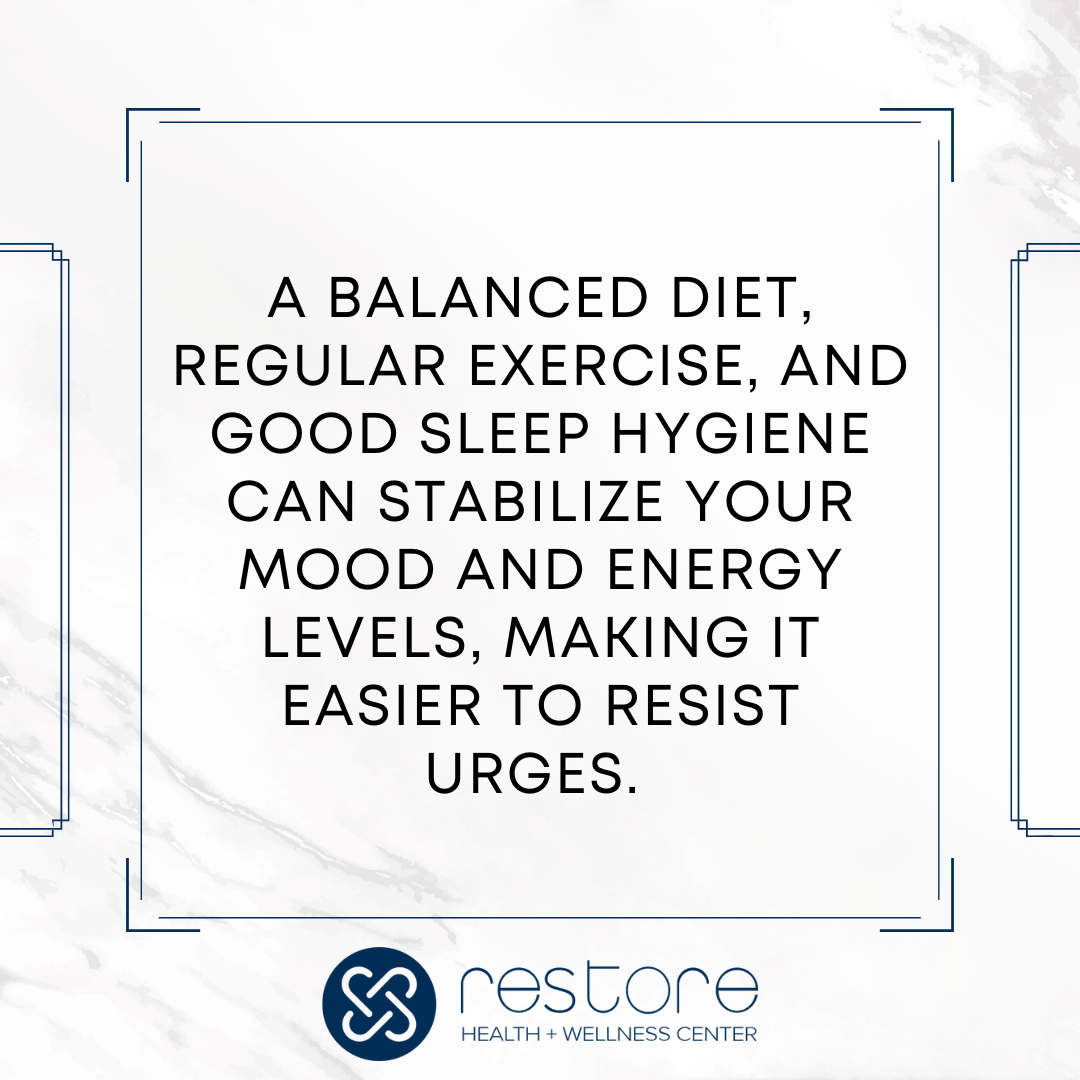
Even after deciding to quit drinking, cravings can hit hard. One moment, you feel confident in your decision, and the next, an overwhelming urge sneaks in, making it difficult to focus on anything else. It’s frustrating and exhausting, and sometimes, it feels like the craving will never pass.
But it will. And the more you understand how to fight the urge to drink, the easier it becomes to stay in control. Cravings are a normal part of the process, but they don’t have to dictate your choices.
This blog will break down practical strategies to help you manage alcohol cravings and explore treatment options that support long-term success.
Why Do Alcohol Cravings Happen?
The U.S., as a nation, has a heavy drinking culture. So at some point, you might have asked: is alcohol a drug? The answer is simple: Yes. Like any addictive substance, alcohol rewires the brain, making you crave more, even when you know it’s doing harm. In fact, excessive alcohol use contributes to about 178,000 deaths each year in the country. This is a staggering number that highlights just how powerful and dangerous this substance can be.
The Science Behind Cravings
Alcohol affects brain chemistry in a way that makes quitting tough. It floods the brain with dopamine, the feel-good chemical that reinforces habits. Over time, the brain adjusts, producing less dopamine on its own. This creates dependence: When alcohol isn’t in your system, your brain craves it just to feel normal.
Triggers: What Fuels the Urge to Drink?
Cravings don’t just appear out of nowhere; they’re often sparked by triggers—situations, emotions, or routines linked to drinking. Some of the most common triggers include:
- Stress. After a long day, alcohol can seem like the easiest way to unwind.
- Social Situations. Being around others who are drinking can make it harder to resist.
- Habits and Routines. If you’re used to drinking at certain times or places, your brain expects it.
- Emotions. Whether it’s boredom, sadness, or celebration, alcohol often becomes a go-to response.
Understanding Your Own Triggers
Everyone’s triggers are different, and recognizing your personal high-risk moments is key. When do you feel the strongest urge to drink? What situations make it hard to say no? Identifying these patterns is the first step in how to help cravings alcohol subside.

How to Fight the Urge to Drink in the Moment
Fighting the urge to drink in the moment can feel impossible to some, but having a plan can help you overcome that battle. Here are some strategies you can use to avoid succumbing to drinking — because willpower alone can’t always save the day.
- The 10-Minute Rule. When a craving hits, commit to waiting 10 minutes before making any decision. Most cravings peak and fade within this time.
- Distraction Techniques. Keeping your mind and body busy can shift your focus from wanting to drink in the moment to engaging in something positive, productive, or simply enjoyable. Learning how to curb alcohol cravings with healthy distractions (like walking) makes it easier to stay on track.
- Mindfulness and Deep Breathing. Cravings often come with stress or anxiety. Slow, deep breaths can calm your nervous system, helping you stay present and resist the urge to drink. This method is a powerful tool in reducing alcohol cravings naturally.
- Changing Your Environment. If you’re surrounded by alcohol or in a triggering situation, step away. Avoid high-risk places, rearrange your space, and keep non-alcoholic drinks on hand to make resisting easier.
- Using Support Systems. Cravings thrive in isolation. Call a friend, text someone who understands, check in with a sponsor, or attend a recovery meeting. Reaching out not only offers encouragement but also reinforces your commitment to how to fight the urge to drink when it feels toughest.

How to Curb Alcohol Cravings Long-Term
The strategies above help when you’re fighting the urge to drink in the moment, but what about the long term?
Cravings don’t just disappear overnight. They fade as you build a lifestyle that supports sobriety. Instead of just reacting to urges, long-term success comes from making choices that prevent them in the first place.
Healthy Habits That Reduce Cravings
What you eat, how you move, and how well you sleep all impact cravings. A balanced diet, regular exercise, and good sleep hygiene can stabilize your mood and energy levels, making it easier to resist urges. If you’re wondering what to do when you have an alcohol problem, prioritizing physical health is a great first step.
Replacing Alcohol with Alternatives
Drinking often becomes a habit tied to relaxation. Finding new ways to unwind )whether it’s herbal tea, non-alcoholic drinks, meditation, or a creative hobby) helps fill the gap and makes alcohol feel less necessary.
Cognitive Behavioral Strategies
Your thoughts influence your actions. Identifying and challenging the beliefs that drive drinking (e.g., “I need alcohol to have fun,” “One drink won’t hurt”) can help rewire your brain. Over time, this shift makes resisting cravings more natural.
Building a Structured Routine
Boredom is a major trigger for drinking. Having a daily routine filled with meaningful activities (may it be about work, hobbies, exercise, and social connections) reduces downtime where cravings can creep in.
When to Seek Professional Help
Sometimes, cravings are difficult to manage alone. If you’ve tried different strategies but still find yourself struggling, it may be time to consider how to fight the urge to drink with professional support.
And if you’ve been searching for phrases like “alcohol rehab near me,” then you’re on the right track. After all, the location of your treatment facility matters a lot, especially when it comes to convenience and ease of access.
If you’re in Los Angeles, know that there are various addiction treatment options available. These facilities typically offer the following:
- Outpatient Programs. These are a flexible treatment that allows you to continue daily responsibilities while attending therapy sessions.
- Inpatient Rehab. It offers a structured, immersive environment for those needing 24/7 support.
- Individual and Group Therapies. These therapies help address the emotional and psychological aspects of addiction.
- Support Groups. Meetings like Alcoholics Anonymous or SMART Recovery offer peer support and accountability.
If cost is a concern, look into addiction insurance coverage. Many plans cover rehab, therapy, and other essential treatments, making professional help more accessible.
Professional treatment is particularly critical because it goes beyond just stopping drinking. It helps you stay sober by addressing the root causes of addiction. This comprehensive treatment also gives you access to medically supervised detox, behavioral therapy, and relapse prevention programs.

Conclusion
Cravings for alcohol are tough, but they don’t have to control you.
From short-term techniques like the 10-minute rule and mindfulness to long-term strategies like healthy habits, cognitive behavioral techniques, and structured routines, learning how to fight the urge to drink gets easier with practice. And when cravings become too overwhelming, professional help can provide the support you need to stay on track.
If you’re struggling to manage alcohol cravings, we at Restore Center are always ready to come to your aid. We offer personalized treatment options, from therapy and outpatient support to full rehab programs. Reach out today!












